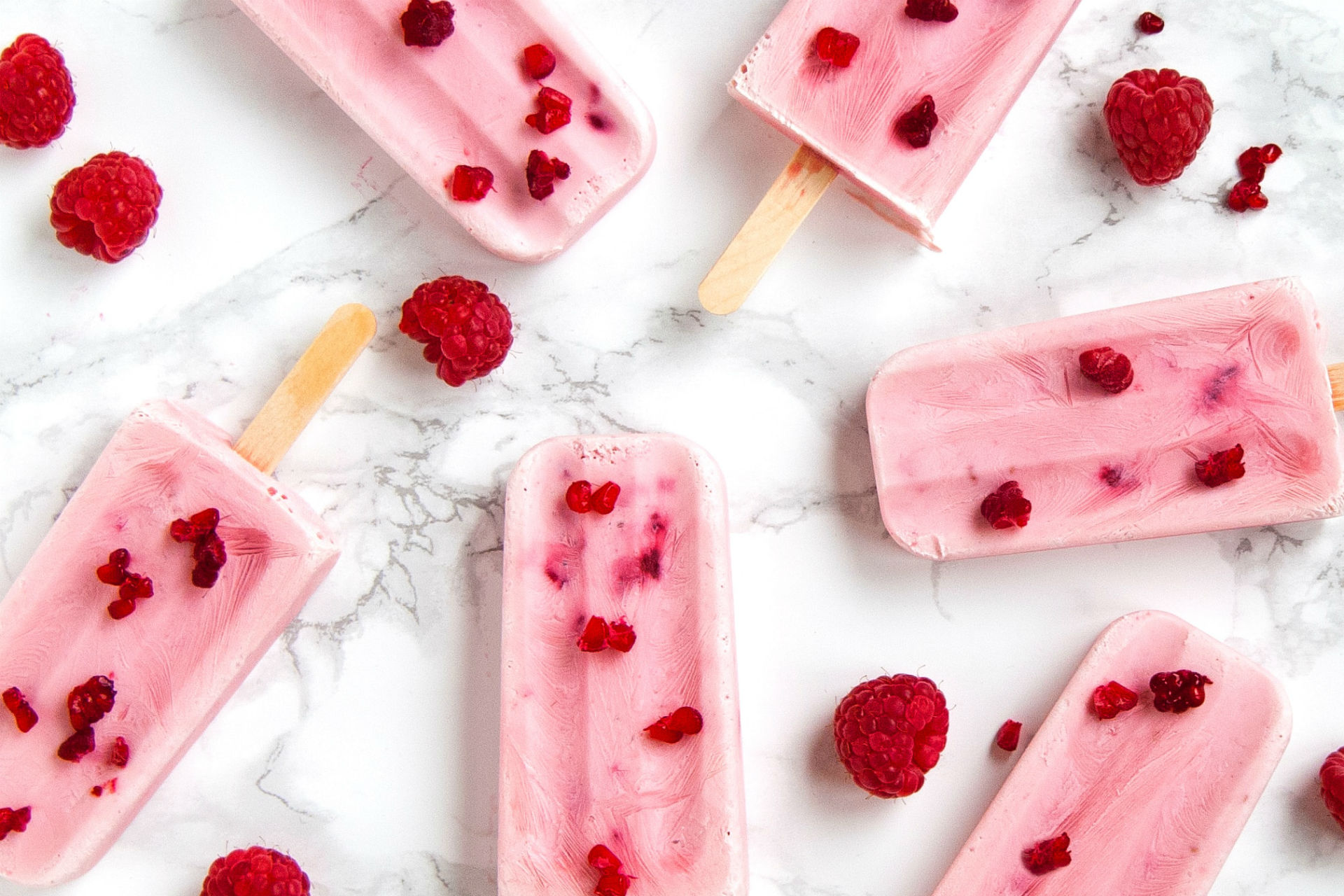Food
2 min Read
Easy do-it-yourself Popsicles

July 7, 2019
Food
2 min Read

July 7, 2019

Frozen sweet treats are nothing new, but upscale popsicles are all the rage in summer. Besides saving money and packaging, the best thing about homemade popsicles is that they’re made with real ingredients — fruits, juices, yogurt and no high fructose corn syrup, artificial colours or flavours. Use your imagination — anything you can freeze, you can freeze on a stick. If you don’t have an ice pop mold, freeze your ingredients in small paper cups, cover with plastic wrap and poke a wooden popsicle stick or chopstick through. The plastic wrap will hold it upright as the mixture freezes.
Melon Pops
Because it is so high in water content, watermelon is perfect for pureeing and freezing, and the resulting pops taste like summer on a stick. This is also a great way to use watermelons that have a disappointing texture, or the end of a melon once everyone’s had their fill.
Smoothies on a Stick
Any smoothie freezes well, and yogurt adds a creamy texture. Feel free to come up with your own creations.
Pudding Pops
For a special treat, freeze chocolate, butterscotch or vanilla pudding into ice-creamy popsicles that don’t drip as much as those made with puréed fruit or juices. Homemade pudding works well, or if you buy packaged pudding cups, you can poke a wooden popsicle stick through the top of each cup and stick them in the freezer — the lid will help keep the stick in place as it freezes. Once solid, peel back the lids and pop out the popsicles.
Juice Pops
Juice is easy to pour into ice pop molds and freeze; if you use white grape juice, you can drop a few whole grapes or berries into the mold first, and they’ll be visible through the ice once frozen.
Originally published in May 2011.